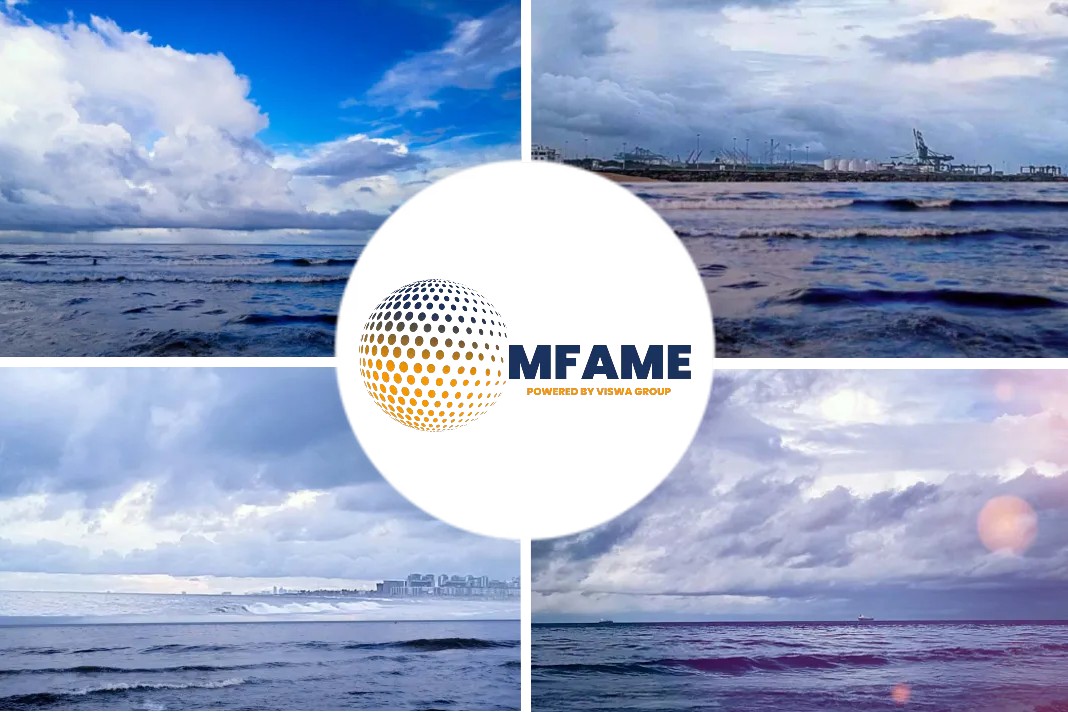As of 1 October 2018, ships operating in China’s Yangtze River Delta domestic ECA can no longer use fuel with a sulphur content exceeding 0.5%, unless an approved exhaust gas cleaning system is installed.
Issuance of formal notice
The Chinese regional authorities of Shanghai, Zhejiang and Jiangsu Provinces have issued formal notices stating that ships calling at the provinces’ ports on or after 1 October 2018 will be required to use fuel with a sulphur content not exceeding 0.5% while navigating and berthing within the provinces’ waters and port areas.
According to Gard’s correspondent Huatai Insurance Agency & Consultant Service Ltd., the authorities’ recent notices signify an earlier than expected start of a 0.5% sulphur cap in the Yangtze River Delta ECA and amend the original timeline as follows:
Fuel compliance
Since 1 January 2018, ships have been required to burn fuel with a sulphur content not exceeding 0.5% while berthed at all ports within the three ECAs. Ships must switch to compliant fuel within one hour of arriving at their berth and burn compliant fuel until not more than one hour prior to departure.
From 1 October 2018, ships must burn fuel with a sulphur content not exceeding 0.5% at all times while operating inside the Yangtze River Delta ECA. Hence, from this date, any fuel change-over operation should be completed prior to the entry into or commenced after exit from the Yangtze River Delta ECA.
Original timeline to be implemented
The situation in the Pearl River Delta and Bohai-rim Waters ECAs remains unchanged and the requirement to burn compliant fuel at all times inside these ECAs will take effect as per the original timeline, that is, from 1 January 2019.
The correspondent states that ships may use exhaust gas cleaning systems or other alternative means to meet the emission control requirements. In addition, the authorities emphasise that, in ports where shore power is available, ships with shore connection capabilities must use them while at berth. See our correspondent’s circular PNI1814 of 31 August 2018 for further details.
An information bulletin from China Classification Society (CCS), which further clarifies the content of the formal notices issued by the Chinese regional authorities, is available HERE.
Background
China designated the Pearl River and Yangtze River Deltas, and Bohai-rim Waters as domestic emission control areas (ECA) in 2015 and announced a gradual implementation of the requirements concerning emissions of air pollutants from ships. The Chinese Maritime Safety Administration’s original implementation plan, including details on the geographical extent of the three domestic ECAs, is available HERE. Reference is also made to our alerts of 2 September 2016 and 21 September 2017 for additional guidance on the regulation and its enforcement.
Recommendations
Members and clients with vessels trading to Chinese ports are advised to note the above and instruct their ships accordingly. To avoid any delay or penalty being incurred by the ship, owners and operators should:
- revisit bunkering strategies and fuel change-over procedures to ensure compliance with the relevant Chinese ECA requirements;
- emphasise the importance of proper logbook recordings, such as the date, time and position of the ship when any fuel change-over operation is completed, in order to demonstrate compliance;
- ensure that the quality of fuel purchased can be documented, e.g. by obtaining and retaining onboard bunker delivery notes (BDNs) and representative samples of the low sulphur fuel oil delivered; and
- verify the applicable ECA and port requirements at any given time with the local agent or port authorities well before arrival as local cities and relevant authorities continue to evaluate the implementation of the new regulation and the control measures to be taken.
Did you subscribe for our daily newsletter?
It’s Free! Click here to Subscribe!
Source: GARD























